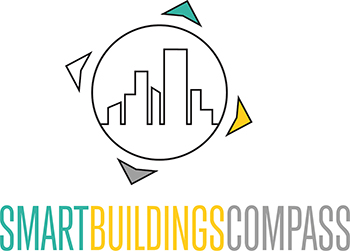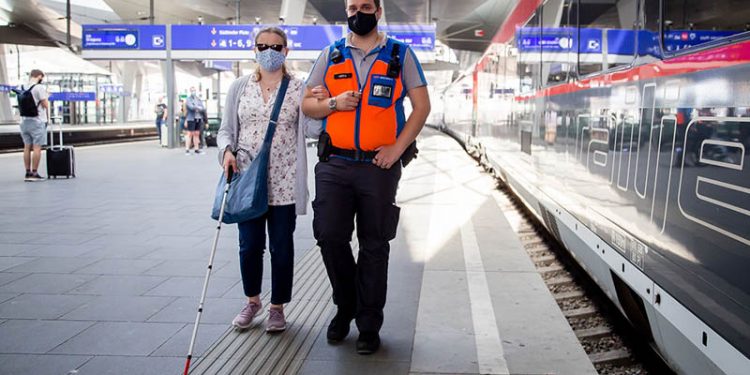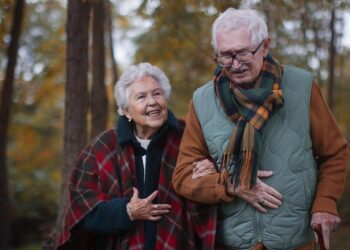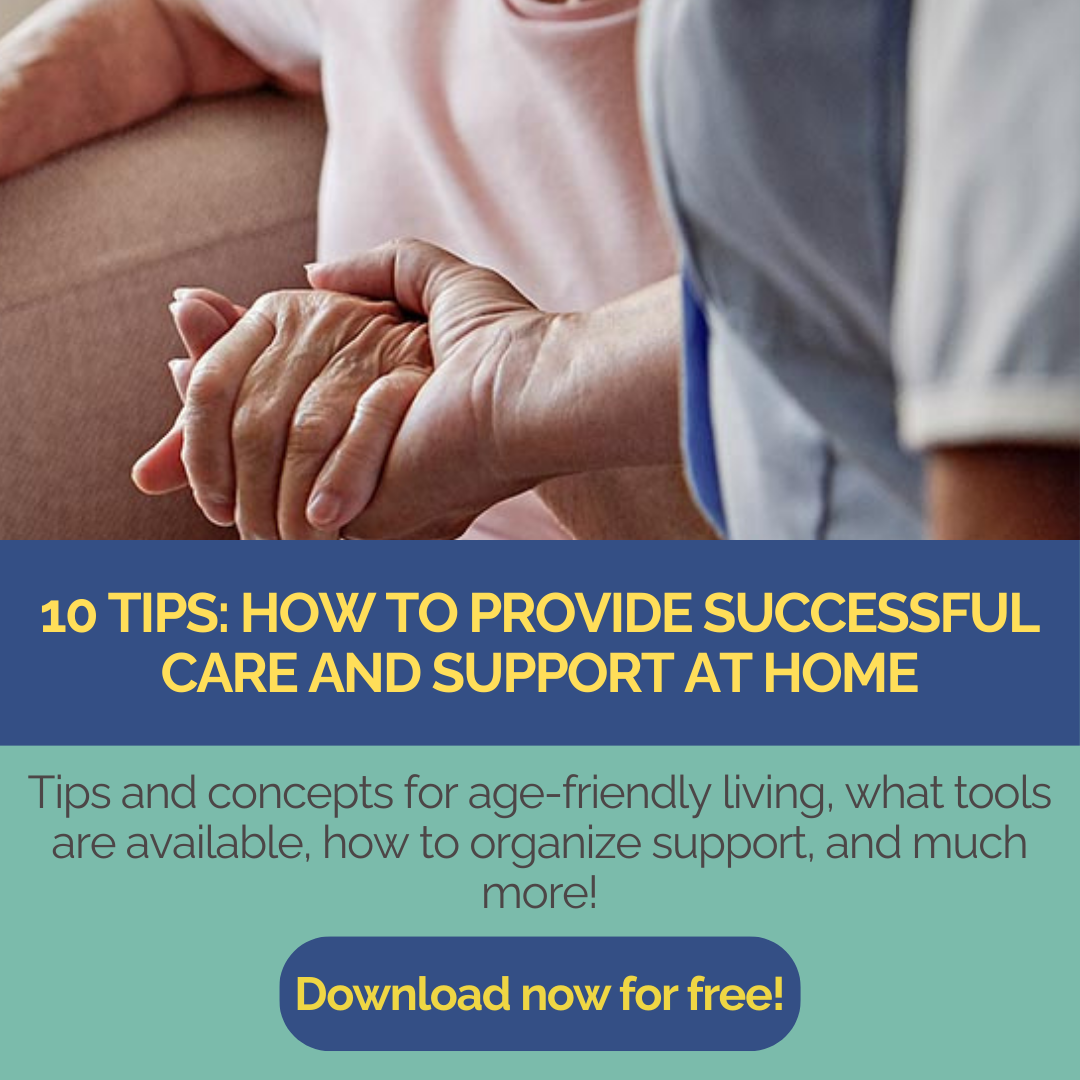For many people, traveling is part of their quality of life – whether young or old. But what some people take for granted is a real challenge for others. For people in a wheelchair, with a rollator or limited walking ability, even a few steps, narrow doors or a lack of handrails can become insurmountable obstacles. Especially when the experience is new, i.e. when a trip with a wheelchair or rollator has to be planned and organized for the first time and there is little experience.
A lack of accessibility can quickly lead to frustration, especially on vacation when you have to find your way in a new environment – for example, when a hotel you have booked is suddenly not accessible without steps or a planned excursion fails because of a flight of stairs. This often affects not only people with disabilities, but also senior citizens and relatives who need support.
Accessible travel: Well planned, stress-free travel
A barrier-free vacation doesn’t have to be an adventure in the negative sense. On the contrary: with the right preparation and the right digital helpers, many things can be clarified in advance. Tools like Wheelmap, Google Maps (with accessibility display) or Specialized travel portals help to find stepless entrances, ramps, elevators or wheelchair-accessible toilets – even before the suitcase is packed. This not only reduces stress on site, but also creates confidence and anticipation – because if you know what to expect, you can really enjoy your vacation.
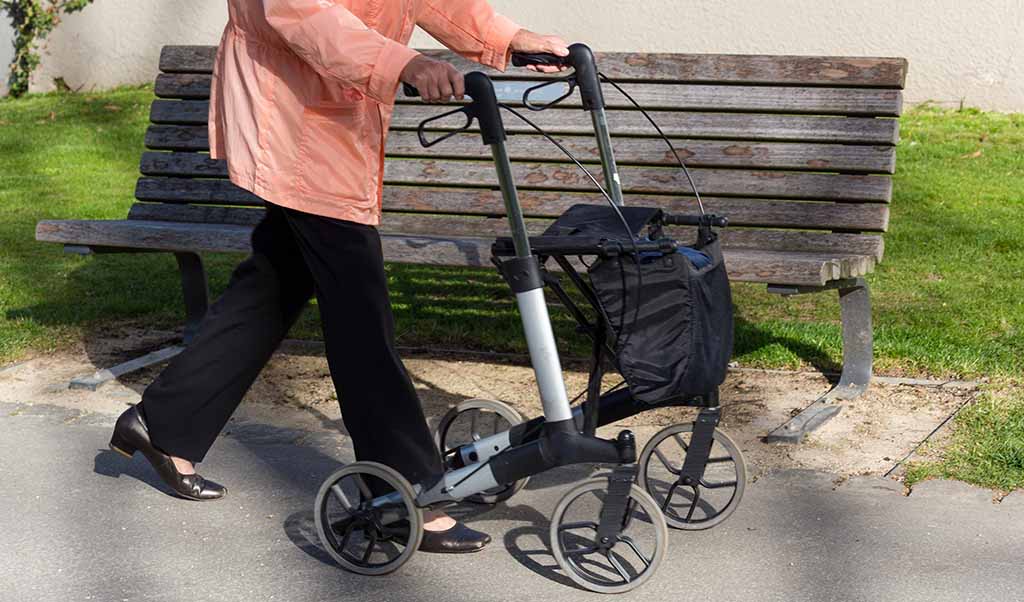
What do I actually need?
When preparing, you should be clear about exactly what you need: Barrier-free means that a building, room or offer can generally be used without help and without great physical effort – for example through threshold-free access, wide doors, high-contrast signage or tactile orientation aids. It is aimed at all people with disabilities, e.g. with walking, visual or hearing impairments.
Wheelchair accessibility is one aspect of this and refers specifically to unrestricted usability for wheelchair users. This includes sufficiently wide doors, wheelchair-accessible washbasins, level-access showers, ramps with a suitable incline and elevators. The turning circle of a wheelchair should also be taken into account in this case. In other words, not every barrier-free facility is automatically wheelchair accessible – the difference often lies in the detail.
Also consider whether you need a fridge for the medication. You may also need a mobile car fridge for transportation – for example, one that you can plug into the cigarette lighter in your car. The advantage: your drinks will also stay nice and cool.
If you are traveling with elderly relatives, a wheelchair or rollator, you should also take a close look at the routes in advance. Is the walk to the attraction really feasible – or would a cab be a more relaxed choice? Think about what can still be done comfortably and where unnecessary stress can be avoided. This will leave you with more energy for the enjoyable aspects of your vacation – and less frustration due to long or unsuitable routes.
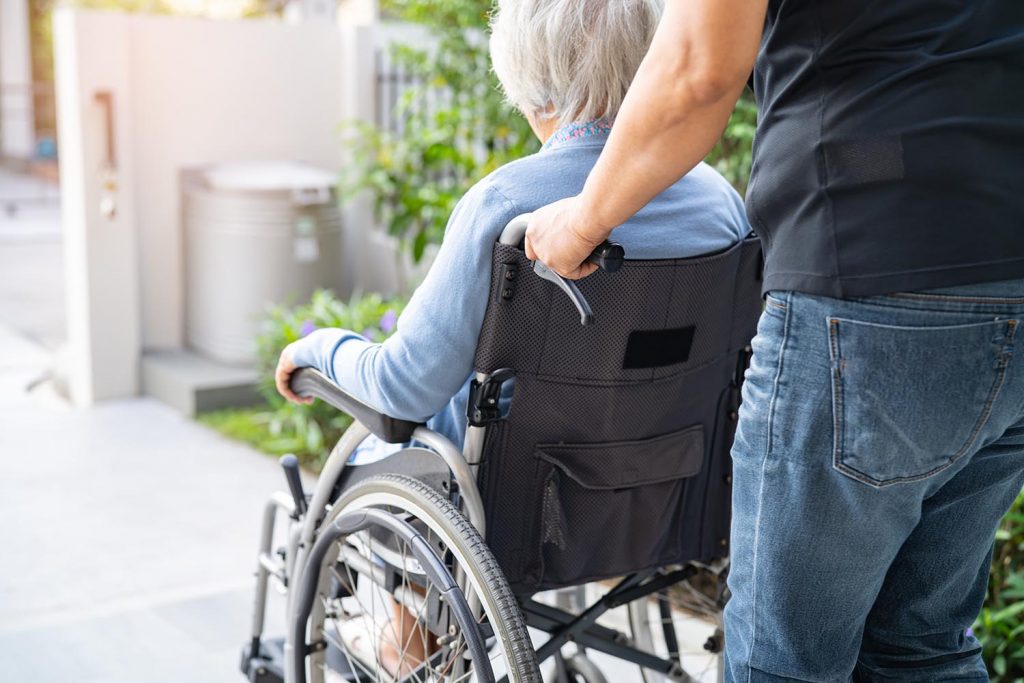
Research a barrier-free/wheelchair-accessible hotel
Many details can now be researched online.
- Request hotels: Many hotels have already reacted and provide information on their websites or booking platforms such as booking.com as to whether they are accessible. On booking.com, for example, under “Features” there is the item “Wheelchair accessible”. AirBnb also offers this search criteria. If you cannot find this information publicly, contact hotels or restaurants in advance and ask specifically about accessibility or wheelchair-accessible architecture. Please also read the point: Digital tools, where you will find special links for research.
- Read reviews: Experience reports from other travelers with similar needs are often more helpful than general descriptions. What about accessibility in practice?
Barrier-free arrival and departure
At larger airports in Europe, there are special services for people with disabilities or reduced mobility (PRM = Passengers with Reduced Mobility). These services are required by law (in accordance with EU Regulation 1107/2006, Rights of Disabled Passengers and Passengers with Reduced Mobility) and are designed to ensure that travelers with physical, sensory or cognitive impairments have a barrier-free and dignified experience at the airport.
The services (e.g. at Frankfurt, Munich, Berlin and Hamburg airports) include the following at many airports:
- Personal assistance from arrival to the gate or from the aircraft to pick-up
- Availability of wheelchairs or electric transportation services
- Assistance with check-in, security checks, boarding, baggage
- Assistance service for blind or visually impaired people
- Inductive hearing systems, visual guidance systems, tactile floor guidance systems
- Barrier-free sanitary facilities and parking facilities
Please note: Register with the airline or booking platform at least 48 hours before departure.
Rail companies are also expanding their services for people with disabilities. For example, Deutsche Bahn and the Austrian ÖBB are offering the following services:
- Mobility service: Free escort service for boarding, changing and alighting (in Germany at around 600 stations, in Austria at 150 stations). Registration at least 24 hours in advance(by telephone or online).
- Barrier-free stations: Many larger stations have lifts, ramps, barrier-free WC facilities and tactile guidance systems.
- Wheelchair-accessible trains: Modern Railjets, Cityjets and regional trains are equipped with low entrances, wide doors, wheelchair spaces and barrier-free toilets.
- Accompanying person & assistance dog: If registered in the disability pass, accompanying persons and assistance dogs travel free of charge (DB and ÖBB).
- Accessible timetable information: Via the ÖBB/DB app or online with filter for accessible connections.
German Railways: www.int.bahn.de
ÖBB: www.oebb.at
If you use other rail companies, search online for their offers for passengers with disabilities.
Take advantage of the free assistance service when boarding, changing and getting off trains. Register at least 24 hours in advance. Credit: oebb/Harald Eisenberger
Many larger stations have lifts and ramps. Credit: oebb/Harald Eisenberger
Door buttons for passengers with reduced mobility to keep the doors open for longer when boarding and getting off trains. Credit: Deutsche Bahn/Tom Gundelwein
Wheelchair-accessible travel with the Nightjet - Credit: oebb/Mareike Knopp
Digital tools & platforms for accessible travel
Use online maps and filter functions to plan your routes: There are various online services and apps that provide specific information on the accessibility of places – including details of step-free entrances, ramps, elevators and other access aids.
Wheelmap.org
One of the best-known platforms. The interactive world map shows wheelchair-accessible places – from cafés to subway stations. The entries come from the community and rate places according to traffic light colors: green (fully accessible), yellow (limited) and red (not accessible). Especially practical: you can filter specifically for “barrier-free entrances”.
Also available as an app for mobile search on the go!
AccessibleGO
This platform is primarily aimed at travelers in the USA, but also offers growing international content. It combines accessible hotels, transportation information and reviews by people with disabilities – also with a focus on stairways and entrances.
Google Maps (with accessibility filter)
What many people don’t know: Google Maps offers – rolled out globally since 2022 – accessibility information for train stations, museums and public buildings. To do this, activate the “Accessible places” function in Google Maps in the settings of your Google Maps app. You can find this by clicking on your picture or the person symbol in the top right-hand corner. Then go to the “Accessibility” field and activate the function there.
In the detailed view of the locations, you will then find information such as “Wheelchair-accessible entrance”, “Elevator available” or “Barrier-free toilet” under the term “Accessibility”. This information is not yet available everywhere, but is particularly helpful in large cities.
European platforms and regional services
Some cities and regions have their own accessible tourism portals. Examples:
- Austria: https://www.austria.info
- Germany (just in german available): www.reisen-fuer-alle.de
- Scandinavia & Netherlands: often very well integrated on municipal tourism websites
HandicapX: App for accessible toilets
HandicapX is an app that makes it quick and reliable to find accessible toilets in the surrounding area. It is aimed at people with mobility impairments, wheelchair users and families or accompanying persons who are dependent on barrier-free access. The app not only shows the location, but also important details such as facilities, accessibility and photos – rated by the community.
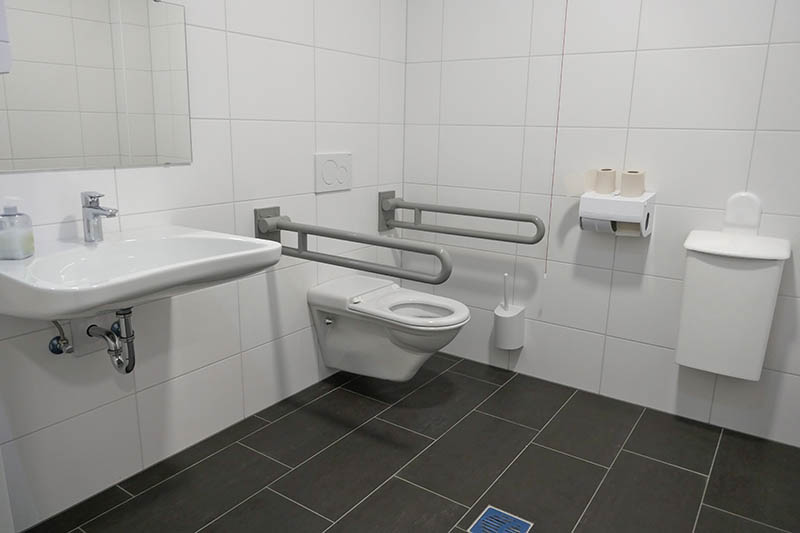
Online tickets: Avoid waiting times
Long queues are one of the biggest frustrations when visiting popular attractions – especially for people with reduced mobility. It is not uncommon for tickets to be unavailable on site because admission can only be booked online in advance.
Our tip: Plan in advance and book your tickets online if possible. Find out right away whether there are barrier-free or wheelchair-accessible entrances – many websites already provide detailed information.
When you arrive, approach the staff directly and kindly point out that you are traveling with a person with a disability. In many cases, there are preferential admissions, shorter routes or alternative entrances – so you not only avoid long queues, but also start your visit stress-free.
Provide emergency information for rescue services
In a medical emergency, every second counts. If we are unable to speak or communicate, digital emergency passports on our smartphone or info slips in our wallet can provide life-saving information. The digital passports are accessible even when the screen is locked and allow emergency services to quickly access important health data.
Information that should be stored includes blood group, allergies, medication (including dosage and times taken), chronic illnesses, implants and emergency contacts.
Apps for digital emergency passports:
- Apple Health (iPhone): The pre-installed Health app allows you to set up an emergency pass that can be accessed from the lock screen. This allows emergency services to access your medical information without unlocking the device. Example iPhone: https://support.apple.com
- Medical ID (Android): This app allows you to create medical profiles that can be accessed from the lock screen. In an emergency, first responders can quickly access important information such as allergies, blood type and emergency contacts. Example: https://play.google.com
- ADAC emergency pass: A digital emergency pass for members and non-members that can be accessed via a QR code on a smartphone. Emergency services can scan this code and gain immediate access to the stored medical information. Link: https://www.adac.de
- Emergency ID Emergency Passport App: This app enables emergency data to be stored securely and made available worldwide. It can also be combined with physical emergency bracelets that contain a QR code that can be scanned by emergency services. Link: https://notfall-id.de
Tip: Make sure that your emergency information is always up to date and inform travel companions about the use of these apps.
Take your time
Allow sufficient time: For barrier-free travel, arriving on time is particularly important so that assistance can run smoothly. If you need assistance with boarding, changing or getting off train or flight, you should be at the meeting point at the station at least 30 to 60 minutes before departure and at the airport 2-2.5 hours before departure. This leaves enough time to register with the mobility service, make any necessary arrangements at the station or airport and deal with any unforeseen delays. Arriving early not only ensures a stress-free start, but also helps the service staff to provide individual and reliable support.
The SmartBuildingsCompass.com team wishes you a great vacation!
Author: Anja Herberth
Chefredakteurin
